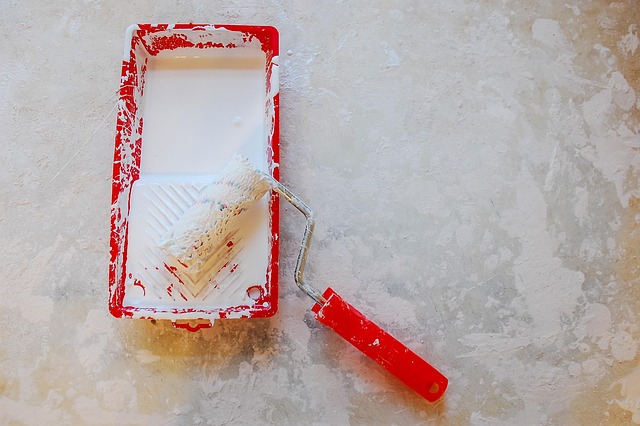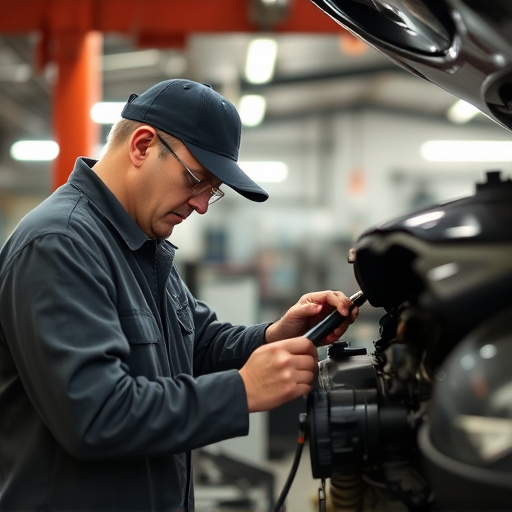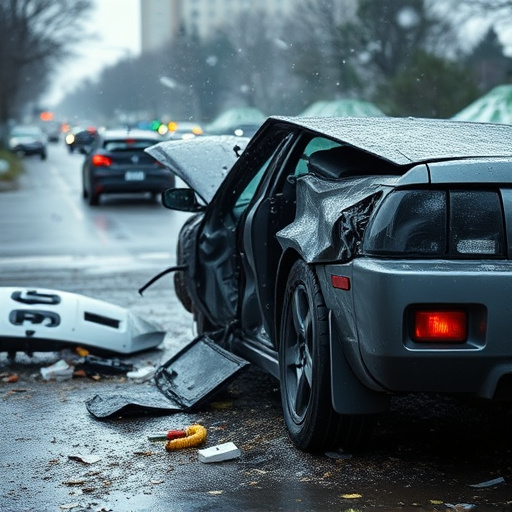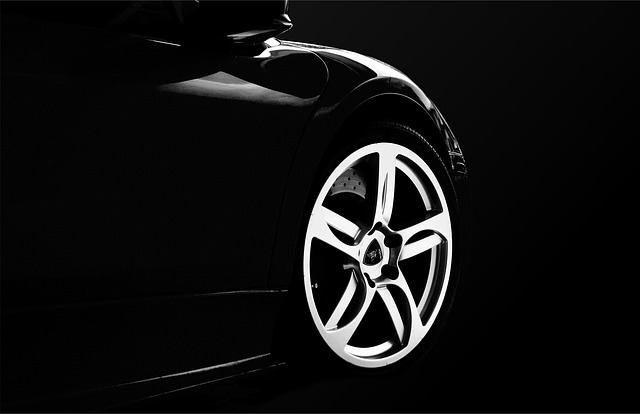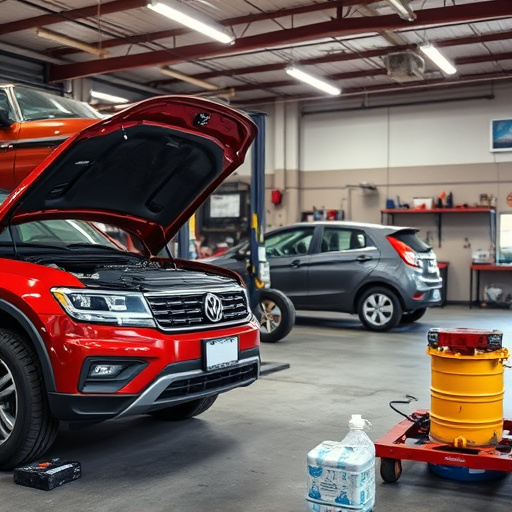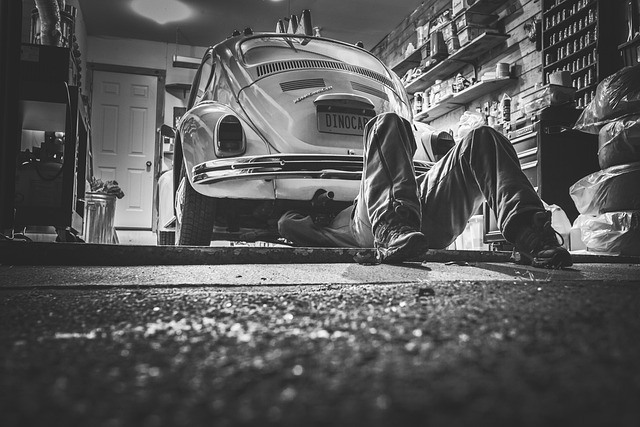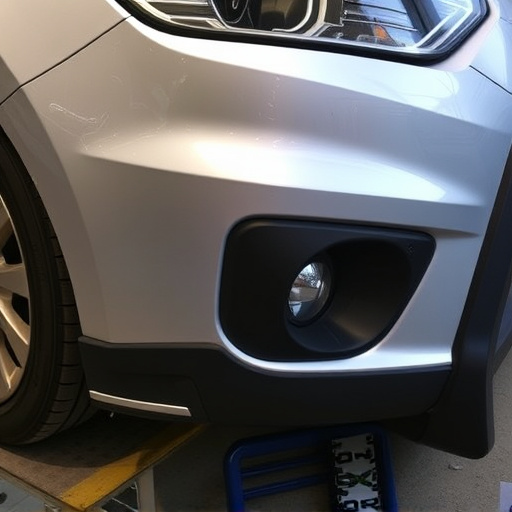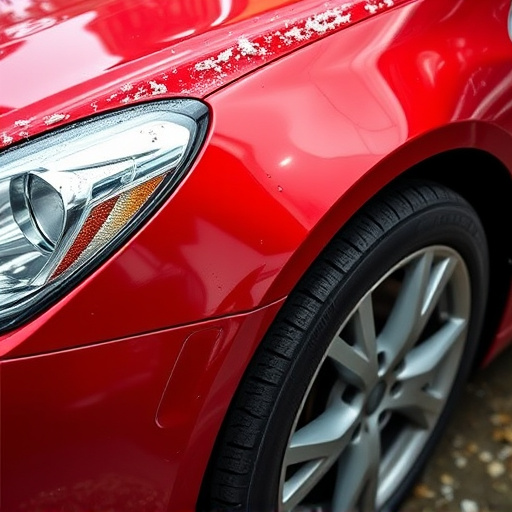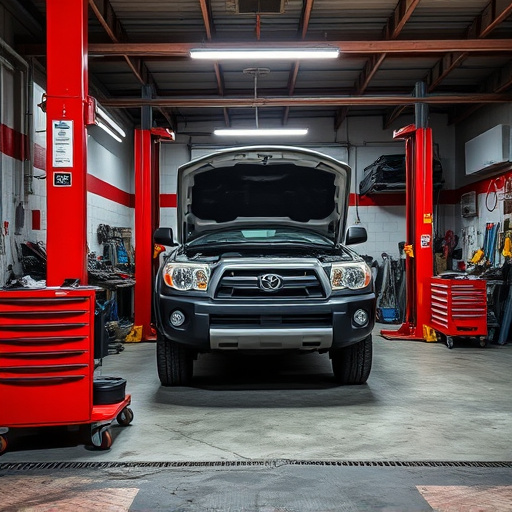Molding replacement collision repairs are a crucial, specialized service within automotive body shops, focusing on restoring both structural integrity and aesthetic value to vehicles damaged in accidents. Skilled technicians use advanced techniques and tools to match exact vehicle specifications, addressing moldings, dents, cracks, and paint issues. This meticulous process, like that seen in brand-specific repairs for Mercedes-Benz, employs dent removal, precise painting, and specialized materials to prevent future mold growth caused by water intrusion and organic matter, ensuring a robust, long-lasting repair.
In today’s automotive industry, managing complex jobs in molding replacement collision repairs is paramount. This intricate process involves not just repairing but also replacing moldings—essential components that define a vehicle’s aesthetic. Understanding the scope of molding replacement collision repairs, from common causes of mold damage to the importance of safety precautions, is crucial. This article delves into efficient strategies for managing complex jobs, ensuring quality through precise installation and alignment, and implementing best practices for customer satisfaction in molding replacement collision repairs.
- Understanding Molding Replacement Collision Repairs: The Basics
- – Definition and scope of molding replacement collision repairs
- – Common causes of mold damage in vehicles
Understanding Molding Replacement Collision Repairs: The Basics
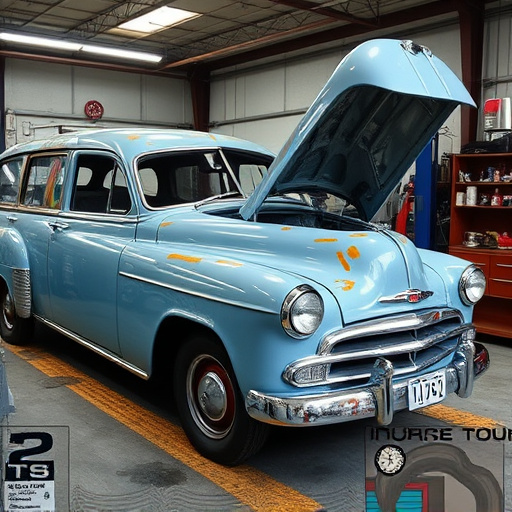
Molding replacement collision repairs are a specialized process within the automotive body shop industry. It involves the meticulous replacement of car body moldings, also known as trim pieces, which have been damaged in an accident. These moldings add aesthetic value to a vehicle, defining its sleek design and providing protection to underlying components. When a car sustains damage, whether it’s a dent or a shattered piece of molding, professional restoration is crucial to restore the vehicle’s original appearance and ensure structural integrity.
Automotive body shops skilled in molding replacement collision repairs utilize advanced techniques and tools to match the exact specifications of the vehicle. For instance, when repairing a Mercedes-Benz repair, technicians must pay close attention to the brand’s intricate design details. The process starts with removing the damaged molding, followed by careful inspection to identify the extent of the damage. Then, a new molding is sourced or custom-made to match the original, ensuring it fits perfectly and seamlessly integrates into the car’s overall design, just like repairing a car dent repair.
– Definition and scope of molding replacement collision repairs
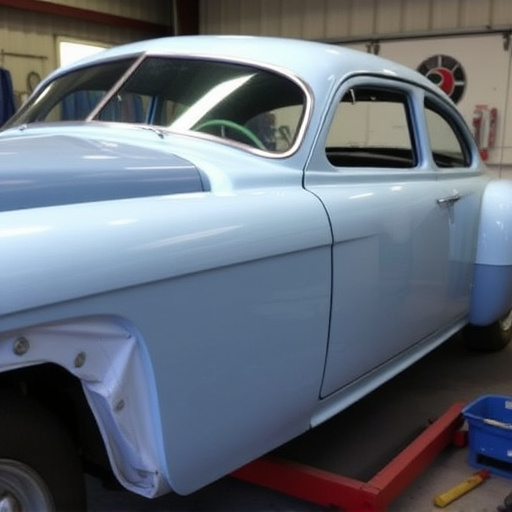
Molding replacement collision repairs encompass the intricate process of restoring or replacing damaged exterior moldings on vehicles after a collision. This specialized form of auto repair involves meticulous work to ensure precise fitting and seamless integration with the existing vehicle structure, maintaining both structural integrity and aesthetic appeal. The scope includes not just the physical act of repairing or replacing moldings but also assessing and addressing any related damage, such as dents, cracks, or paint issues, that may have occurred during the collision.
In an auto repair shop, molding replacement collision repairs are crucial for returning vehicles to their pre-accident condition. Skilled technicians utilize advanced tools and techniques, including dent removal methods and precise auto painting, to achieve a perfect match in both color and finish. This meticulous process not only enhances the vehicle’s appearance but also ensures its structural safety, playing a vital role in the overall collision repair process.
– Common causes of mold damage in vehicles

Mold damage in vehicles often arises from various sources, particularly after a collision or impact event. One of the primary causes is water intrusion. When a vehicle undergoes a collision, cracks or openings in the body panels can allow rainwater to seep in, especially if proper sealing and drainage systems are not in place. This water, once inside, provides an ideal environment for mold growth, as it requires moisture and organic matter (like car interior materials) to flourish.
Another common cause is the release of volatile organic compounds (VOCs) from damaged components during a collision. These VOCs can include chemicals found in plastics, rubber, and other automotive materials. In the presence of sufficient moisture, these compounds can lead to mold development, especially in enclosed spaces or areas with poor ventilation within the vehicle’s structure, interior, or underbody. Effective molding replacement collision repair services address both water intrusion and VOC-related mold issues by utilizing specialized techniques and materials to ensure a thorough and long-lasting fix.
In managing complex jobs in molding replacement collision repairs, understanding both the intricacies of the process and the common causes of mold damage is key. By familiarizing yourself with these aspects, you can efficiently navigate the challenges that arise during such repairs, ensuring superior outcomes for vehicle restoration. This article has provided a comprehensive overview to serve as a guide for professionals in this field.
